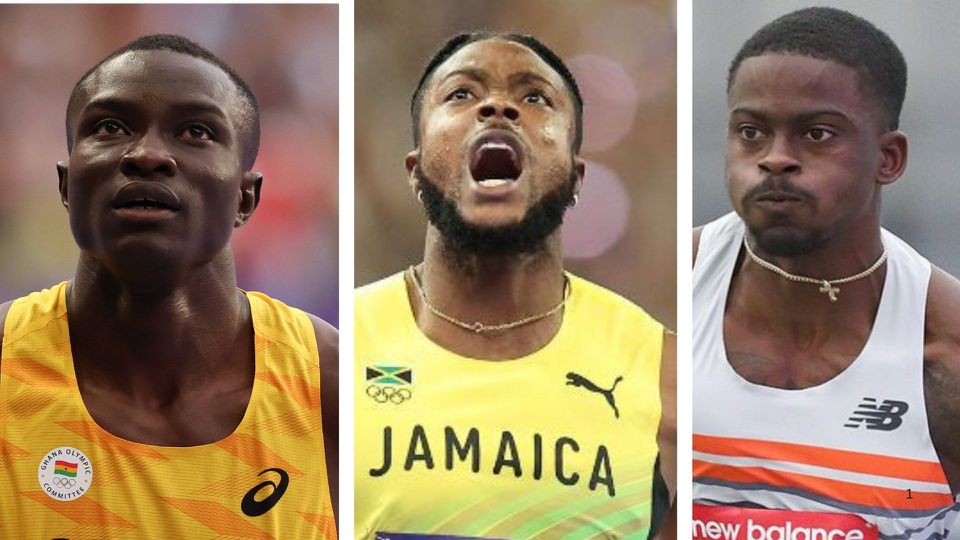The 2025 sprint season has ignited with a cluster of explosive performances that are reshaping the men’s 100m landscape ahead of the looming global championships. A blend of seasoned resilience and surging breakthrough talent has produced a fiercely compressed leaderboard, separated by mere hundredths. Starts are sharper, transition phases more economical, and top‑end maintenance more clinical than in recent years, signaling a season where execution under pressure will decide medals just as much as raw speed.
5. Kenneth Bednarek – 9.86 (+0.6 m/s)
Long recognized for his 200m prowess, Bednarek has converted targeted work on his drive phase and upright mechanics into a genuine 100m statement. The 9.86 registered in Philadelphia signals refined reactivity in the blocks and a smoother transfer into maximal velocity. Instead of overstriding late (a previous limiter), he now sustains cadence with controlled relaxation. This evolution recasts him from bend specialist to dual‑event danger, expanding tactical options for upcoming championship rounds.
4. Abdul‑Rasheed Saminu – 9.86 (+1.2 m/s)
Saminu’s lightning drop into sub‑9.90 territory marks a transformational leap. His hallmark is an assertive first 40m: a crisp, piston-like turnover that prevents deceleration creep before 80m. The psychological impact of a Ghanaian sprinter embedded among global leaders amplifies his momentum. Continued refinement of late-phase relaxation minimizing shoulder lift and jaw tension could unlock additional hundredths and elevate him from startling newcomer to consistent finalist.
3. Trayvon Bromell – 9.84 (+1.1 m/s)
Bromell’s resurgence underscores technical durability. His block clearance remains compact, projecting force efficiently without excessive vertical oscillation. Mid‑race, he leverages seasoned rhythm management: micro‑adjustments in arm amplitude preserve velocity while others strain. That blend of experience and regained health positions him as a strategic master in rounds where composure often erodes rivals’ form.
2. Oblique Seville – 9.83 (+0.8 m/s)
Seville’s season reflects meticulous consistency. His reaction time advantages compound through a frictionless rise into acceleration, avoiding premature upright posture. Core stability keeps force vectors aligned, conserving momentum into the crucial 60‑80m segment. The balance between aggression and relaxation has matured, making him a dependable low‑9.8 performer rather than a sporadic threat vital in championship progression.
1. Kishane Thompson – 9.75 (+0.8 m/s)
Thompson’s world‑leading dash fuses elastic frequency with extended force application. His acceleration curve is deliberate: controlled initial steps, then an unmistakable surge past 40m without visible strain. Top‑end maintenance hips tall, minimal braking creates a decisive separation window opponents cannot reclaim. If replicated under championship pressure, this profile hints at a performance capable of redefining the season’s narrative.
Margins are razor thin; execution in call‑room tension, reaction fidelity, and lane management will decide ultimate supremacy. The stage is primed for a compelling showdown.

